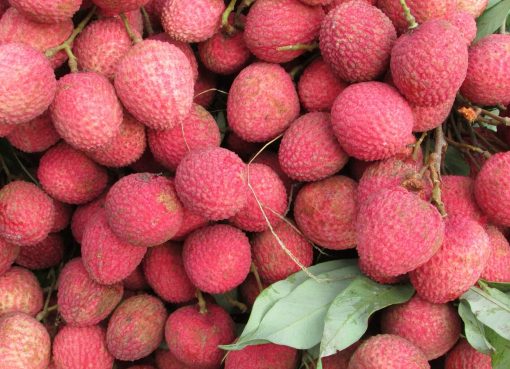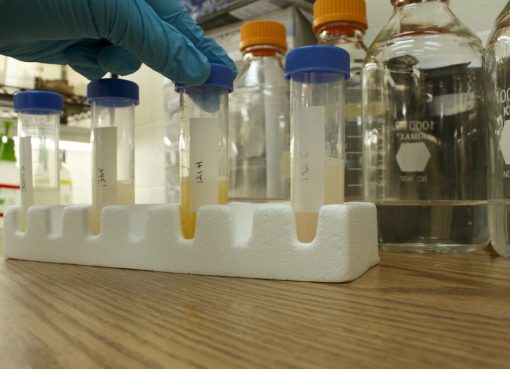Mosquitoes can transmit diverse diseases and so they are called disease vectors. In order to transmit a disease, a mosquito must bite a sick human first, thereby infecting itself with the pathogen. However, not every mosquito can transmit every pathogen.
The dengue virus is transmitted to humans via the bite of an infected mosquito. Only a few mosquito species are vectors for the dengue virus. When a mosquito bites a person, who has dengue virus in his or her blood, the mosquito becomes infected with the dengue virus. An infected mosquito can later transmit that virus to healthy people by biting them. Dengue cannot be spread directly from one person to another.
Aedes Mosquitoes
The dengue virus is carried and spread by mosquitoes of the genus Aedes; of the different species under this genus, the primary vector of dengue virus is Aedes aegypti. It is the principal dengue vector responsible for dengue transmission and dengue epidemics. Other mosquito species in the genus Aedes include Aedes albopictus, Aedes polynesiensis and Aedes scutellaris. Aedes aegypti is a small, dark mosquito that can be identified by the white bands on its legs and a silver-white pattern of scales on its body called a lyre. They are unable to survive cold winters.

Figure 1: Dengue Transmission from mosquito to Human
(Source: Elmer A. Irene, Simulation model for spread of dengue infection in the countryside, cdRJ, Vol 2, 2014, Figure 1: Network scheme of dengue transmission)

Figure 2: Aedes aegypti.
Source: https://www.abc.net.au/news/2016-02-04/aedes-aegypti-mosquito/7141824

Figure 3: Aedes albopictus
Source:http://www.guardianpestnj.com/aedes-albopictus-the-asian-tiger-mosquito/ by: Termite Killer, May 1, 2018
Typically, four days after being hit by an infected Aedes aegypti mosquito, a person will develop viremia, a condition in which there is presence of a high level of the dengue virus in the blood. Viremia lasts for approximately five days but can last for as long as twelve days. On the first day of viremia, the person generally shows no symptoms of dengue. Five days after being bit by the infected mosquito, the person develops symptoms of dengue fever, which can last for a week or longer.
After a mosquito feed on the blood of someone infected with the dengue virus, that mosquito becomes a dengue vector. The mosquito must take its blood meal during the period of viremia, when the infected person has high levels of the dengue virus in the blood. Once the virus enters the mosquito’s system in the blood meal, the virus spreads through the mosquito’s body over a period of 8-12 days. After this period, the infected mosquito can transmit the dengue virus to another person while feeding. Once infected with dengue virus, the mosquito will remain infected for its entire life. Infected mosquitoes can continue transmitting the dengue virus to healthy people for the rest of their life spans, generally for a 3 to 4 weeks. Female mosquitoes require blood to produce eggs; so, they bite humans. It is suggested that geographic variation exists with regard to susceptibility to DENV in both colonized and wild-collected populations of A. aegypti and A. albopictus.

Figure 4: Dengue pathogenesis and the disease
(Source: https://www.onlinebiologynotes.com/dengue-pathogenesis-clinical-manifestation-lab-diagnosis-treatment/ by Gaurab Karki, Dec 8, 2017)
One interesting part is that the female mosquito is the one that bites (males feed on flower nectar). She requires blood to produce eggs. Her mouthparts are constructed so that they can pierce the skin, literally sucking the blood out. Her saliva lubricates the opening. It’s the saliva plus the injury to the skin that creates the stinging and irritation that we associate with mosquito bites.

(Source: Syeda Tamanna, Image showing separation of male and female mosquitoes, April 23, 2019)

(Source: https://i.stack.imgur.com/lfxB6.png)
Figure 5: Male and Female Aedes mosquitoes
References:
Clements, A.N. (1992). The Biology of Mosquitoes. London, New York, Chapman & Hall, p. 509.
Cook, S. et al. (2006). Isolation of a new strain of the flavivirus cell fusing agent virus in a natural mosquito population from Puerto Rico. J. Gen. Virol. 87: 735–748.
Gubler, D.J.; Nalim, S.; Tan. R.; Saipan, H. and Sulianti, S.J. (1979). Variation in susceptibility to oral infection with dengue viruses among geographic strains of Aedes aegypti. Am. J. Trop. Med. Hyg. 28:1045–52
Singh, A. and Taylor-Robinson, A.W. (2017). Vector control interventions to prevent dengue: current situation and strategies for future improvements to management of Aedes in India. J. Infect. Dis. Pathol. 2:123
By Syeda Tamanna Yasmin
Research scholar, Dept. Of Microbiology
Assam Don Bosco University, Tapesia garden, Sonapur, Assam



